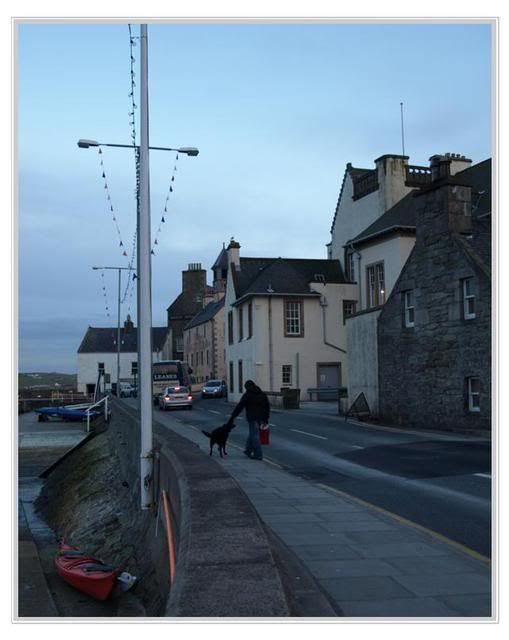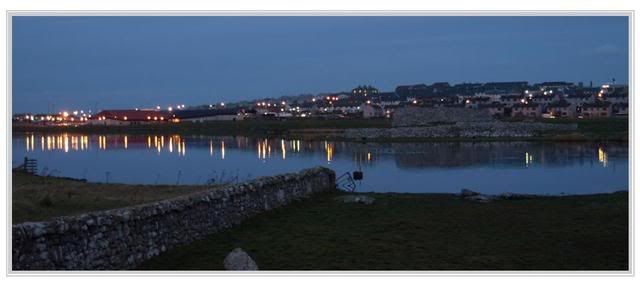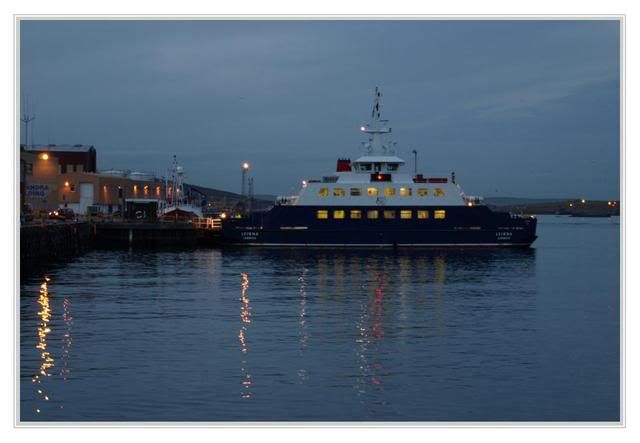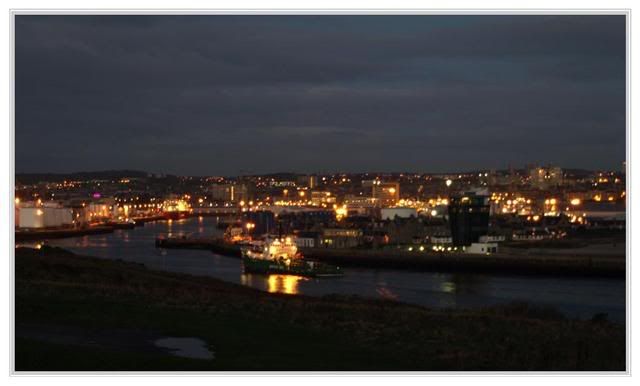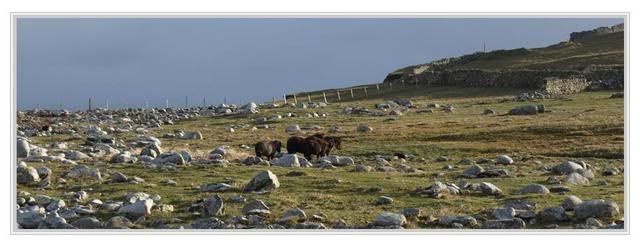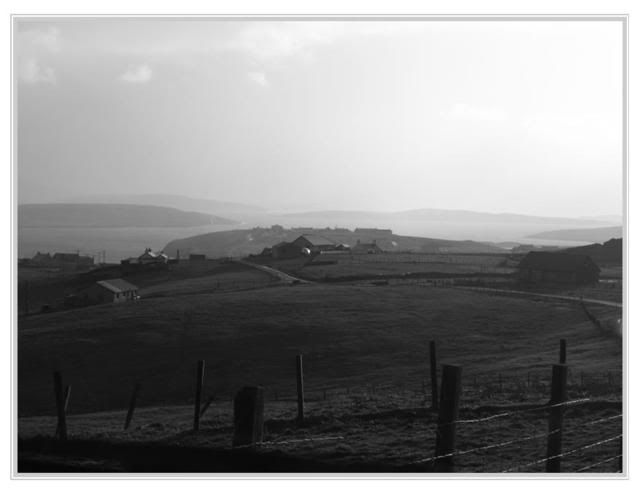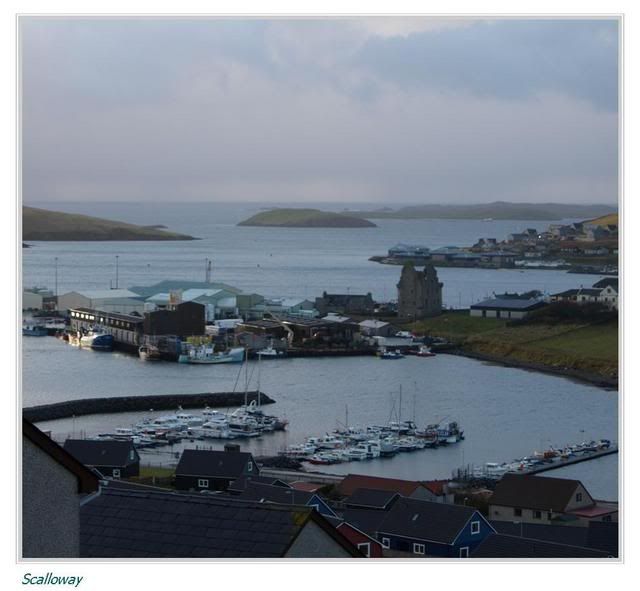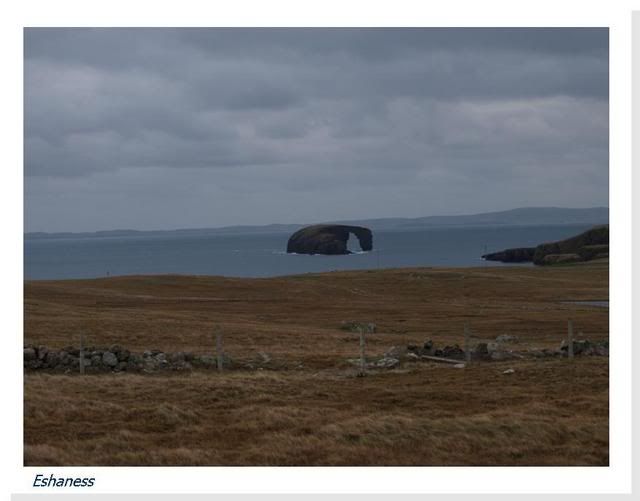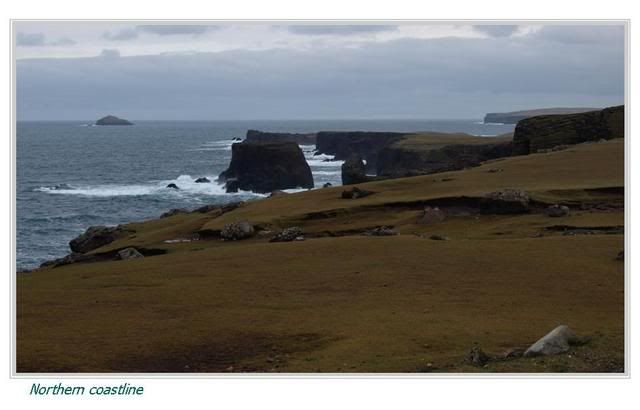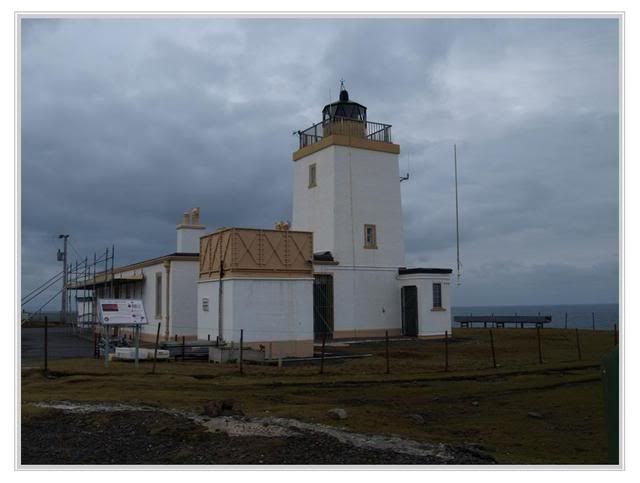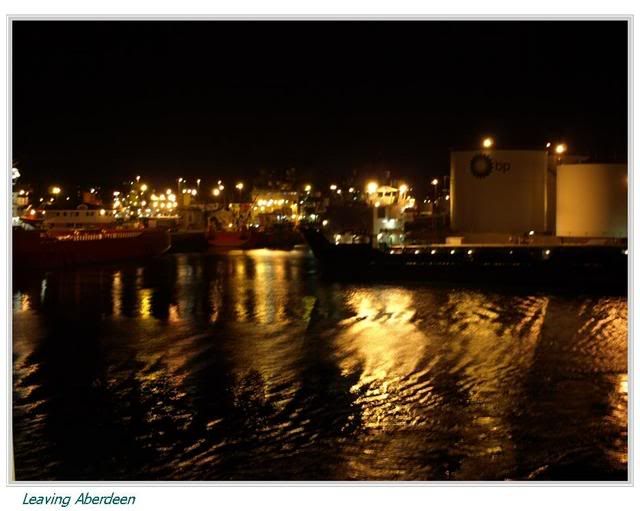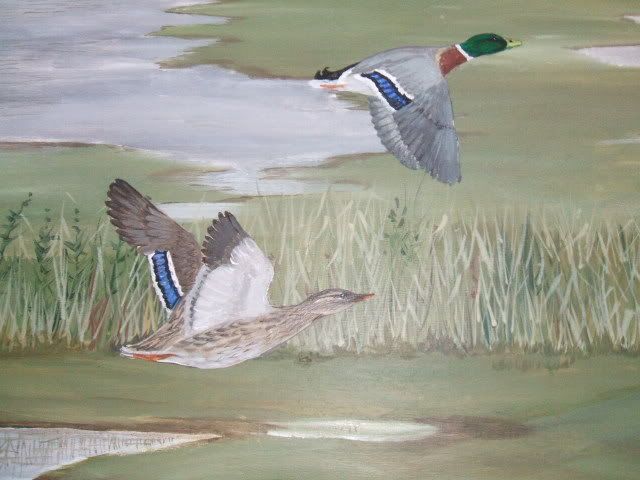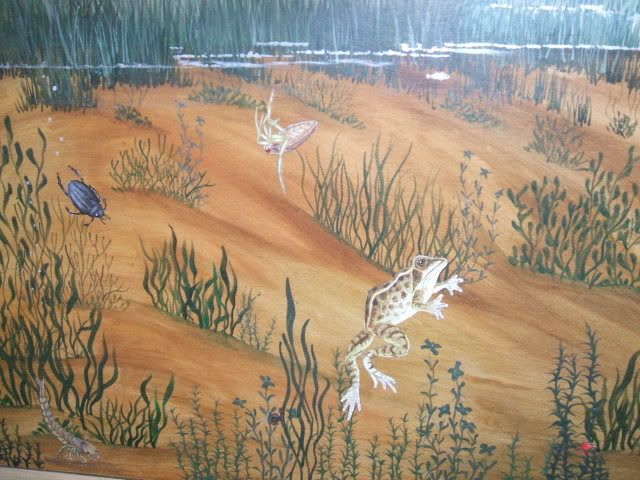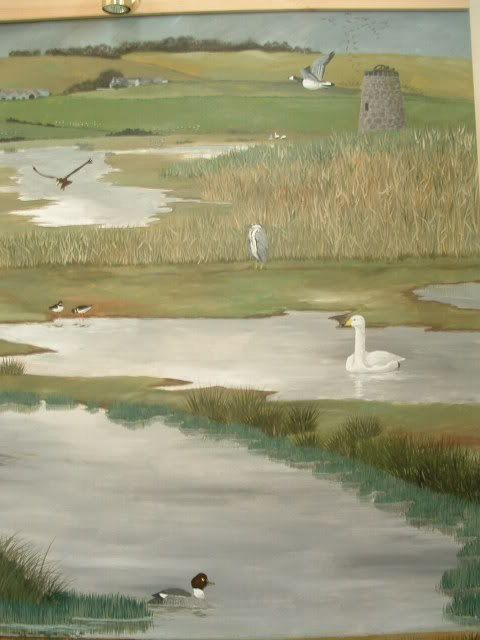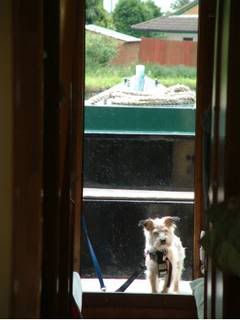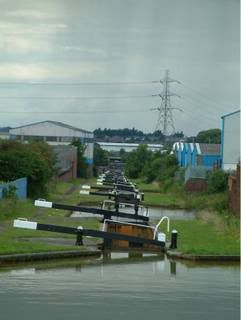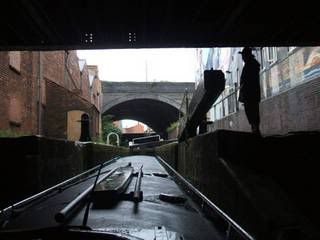Seven-thirty on a cold Sunday morning and there’s no sign of the sun.
The sky is starting to shade to deep blue, the fields around the car are a featureless mass, and there is a distinct aroma from the large pile of manure to the right. A chill breeze blows through the window, and my companion rubs his hands briskly, and peers through his binoculars into the gloom.
‘I think I can hear them.’
I stick my head out of the window. It’s hard to tell where the sound is coming from - definitely from in front of us, but there are elements that may be behind and overhead.
‘I think you’re right - they’re on the move.’
We stare hard into the darkness.
A flicker of movement? Yes - a darker mass moving against the sky, only visible in the reflected light from the sea.
‘Damn! Something’s put them up!’ I clamp my binoculars to my eyes and grab my click-counter. From the hollow to the right they come, a great streaming, clamorous flock, dark shapes stringing out, shifting, coming together and then moving apart, shouting reveille to the brightening sky.
Pink-footed geese, heading out from their overnight roost to feed.
So why am I sat in the cold next to the dung-heap?
It’s the monthly Wetland Bird Census. All over the country, hardy souls are out looking at lakes and lochs, estuaries and mudflats, counting geese, ducks and waders as part of a long-term survey designed to see what’s around, where it is, how many are there, and how the numbers are changing. Our ‘patch’ is the local nature reserve, and today there are five of us looking it over; one at the north end checking the beach, the estuary, and the grazing fields, one south, counting birds on the main body of the loch, one at the top end of the loch, checking amongst the reedbeds, and two of us on the western side, where the majority of the geese head out from the low wetlands into the surrounding countryside. It’s an unglamorous location, in the entrance to a stubble field on a low rise of ground, beside the aforementioned manure pile (awaiting the attentions of the muck-spreader). At least this time it’s to one side - last year the farmer piled it straight in front of where I usually park the car, completely blocking the view! I have counted geese from this place for years; sometimes from the car, occasionally from the reserve truck, and on one memorable occasion stood in a snowstorm in the lee of a large fencepost.
Today the geese are leaving practically in the dark, which makes the counting a little more awkward than usual. I swear they look for new ways to confuse me; flying low along the hollows in the land to suddenly pop up, or all taking off at once in a mass resembling an explosion in a bedding factory (we call this ‘feather-bedding’), or sitting tight and stretching the count (and my bladder-control) out for hours and hours!
I peer into the patch of sky between the manure heap and the rookery wood, where the flocks are just visible, black shapes heading westward. As they pass in front of my binoculars, I count them. At the other side of the car, I can hear Angus doing the same, the steady click of his counter as he tallies the flocks leaving to the northwest. There is little in the way of a break today, the geese seem determined to get to their feeding areas as soon as possible and as the light grows, we can make out more and more of them rising from the low ground in flocks of anything up to six hundred birds. We get some warning of large take-offs - the constant background noise builds to a cacophony of calls as they wheel into the air. Occasionally there are groups of whooper swans, huge and elegant, white wings beating steadily, small family parties with their greyish youngsters, or wheeling flocks of lapwings and golden plover in their thousands.
So how do we count them? It’s a question I’m often asked, and I’m often tempted to give the reply shown above… Actually, if they are in small groups, they
can be counted individually. Skeins can be counted in groups of five, hitting the clicker every time you get to twenty. For bigger flocks, where the individual geese can generally be made out, count in groups of twenty (see how big a group is and then ‘size up’) - and as the flock gets bigger and more densely packed, work in fifties or hundreds. Or use combinations of these methods. You get better with practice! It’s not utterly accurate, but accurate enough for the census, and with the same people doing the count each time there is a type of standardisation. What they don’t tend to factor into the equations is the co-efficient of frozen fingers, steamed-up binoculars and windows, or random clicks of the counter caused by shivering!
It’s a dull, grey morning, with the sun hidden behind a dense layer of cloud. Inland there is snow, although it’s clear at the reserve with occasional sleet. A fox, thick winter coat fluffed up against the cold, trots across a distant field with the remains of a goose carcass; it’s nearly the end of the shooting season, so he’ll have to work harder for his breakfast next month. A buzzard calls from somewhere above us, a high mewing cry, and in the field beside us a large group of partridges fusses about amongst the remains of the crop, small bustling brown bodies popping up amongst the dry grasses and taking to the air in an explosion of wings.
The stream of geese slowly winds down, the last few family groups taking to the air, and we head back to the visitor centre to thaw out and count the ducks and waders on the ponds there. Afterwards, we tally up the numbers over bacon sandwiches in the kitchen. Around 20,000 geese in all - about twice the norm for this time of year, probably driven in by the bad weather further south.
Not a bad morning’s work, and next month, we'll do it all again.






